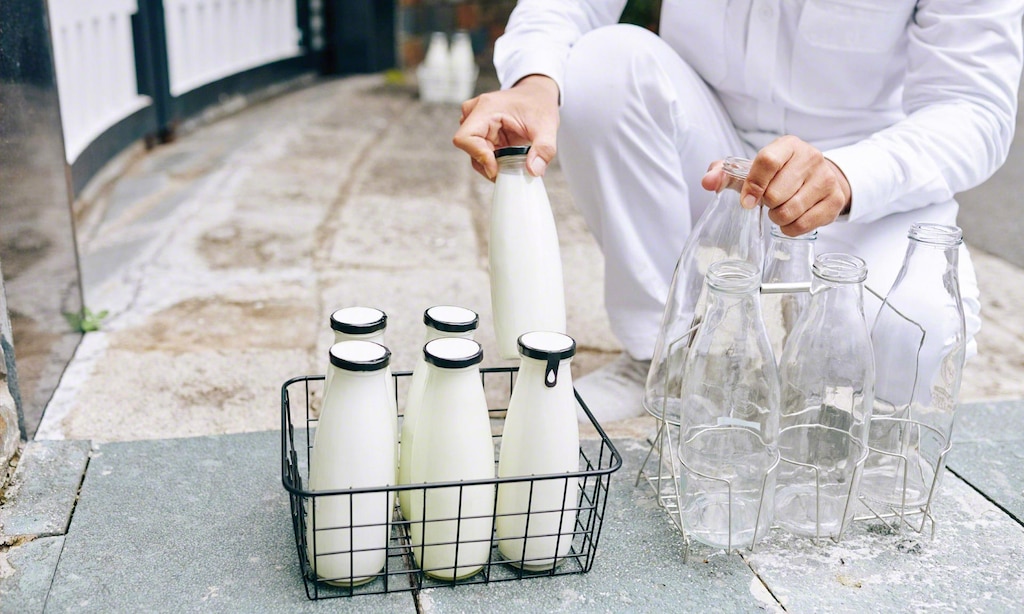
LOGISTICS RESEARCH
By Lise Magnier and Ignacio Gil-Pérez
Packaging for fast-moving consumer goods (FMCGs) allows for the safe distribution of products and information provision to consumers. However, it also comes with severe environmental impacts. In Europe, every citizen discards an average of 384 lb of packaging yearly. This waste typically consists almost entirely of single-use materials. A significant proportion of certain raw materials is used to manufacture packaging, and solutions for recycling these inputs are imperfect. Recycling rates for glass (76%) and metal (83%) are high in Europe, but the process requires a lot of energy, thus contributing to greenhouse gas emissions. Meanwhile, 60% of all plastic packaging in the region is either incinerated or landfilled.
Of all the strategies that have emerged to improve the environmental sustainability of packaging, the zero-waste philosophy and the circular economy have attracted considerable interest. In contrast to the current linear economy, the circular advocates slowing, narrowing, and closing material and energy loops through practices such as durable design, maintenance, repair, reuse, and recycling. This approach promotes understanding waste as a value rather than a problem.
Reuse makes it possible to give packaging and materials already in circulation a second life without the need to reprocess or manufacture them — thereby generating less waste than recycling. Therefore, the European Waste Hierarchy has ranked it the second-best option for reducing these materials. Similarly, the Ellen MacArthur Foundation states that reuse could be an economical alternative for at least 20% of plastic packaging — with an estimated value of $9 billion globally — making it an attractive solution for businesses.
Reuse is an attractive alternative for businesses, potentially accounting for 20% of plastic packaging and an estimated value of $9 billion globally
Refillable vs. returnable
Reusable packaging can be divided into two categories. The first is refillable, where the consumer is responsible for cleaning and refilling the receptacles. The second is returnable, where companies in the supply chain repeatedly clean and refill the packaging. These two systems are not new. For example, in the US soft drinks sector, 100% of containers were reusable in 1947, but by 2000, this had fallen to 1% due to the increased use of metal cans and PET plastic bottles.
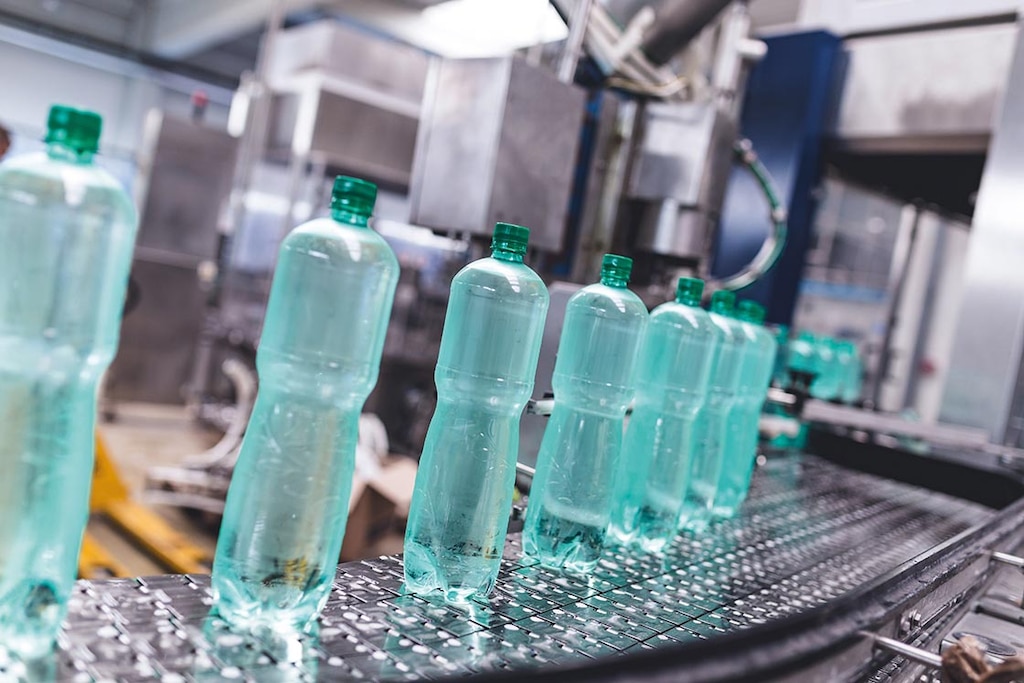
To support enduring usage, reusable packaging needs to be robust, which usually requires more energy and raw materials to manufacture compared to its single-use counterpart. As a result, for reusable package to be more sustainable, it must be employed beyond its break-even point.
Reusable packaging will be more sustainable than single-use alternatives as long as it is utilized beyond its break-even point
Our research focuses on studying how returnable packaging affects behavioral intentions (to recommend/repurchase), overall attitudes and perceptions (towards the product and its quality, convenience, and contamination), and the perceived environmental friendliness of the receptacles. It has been suggested that the intention to recommend may indicate the potential success of a new product or service, as the opinion of fellow shoppers tends to be considered more objective than other sources.
To test how consumers perceive reusable packaging compared to single-use containers, we conducted three studies for different types of products. The purchase situations described below are based on a use scenario in which an individual’s usual online grocery retailer offered the option of reusable packaging. Participants were pre-screened on the basis of having shopped online at least once a month.
Study 1: A non-perishable product
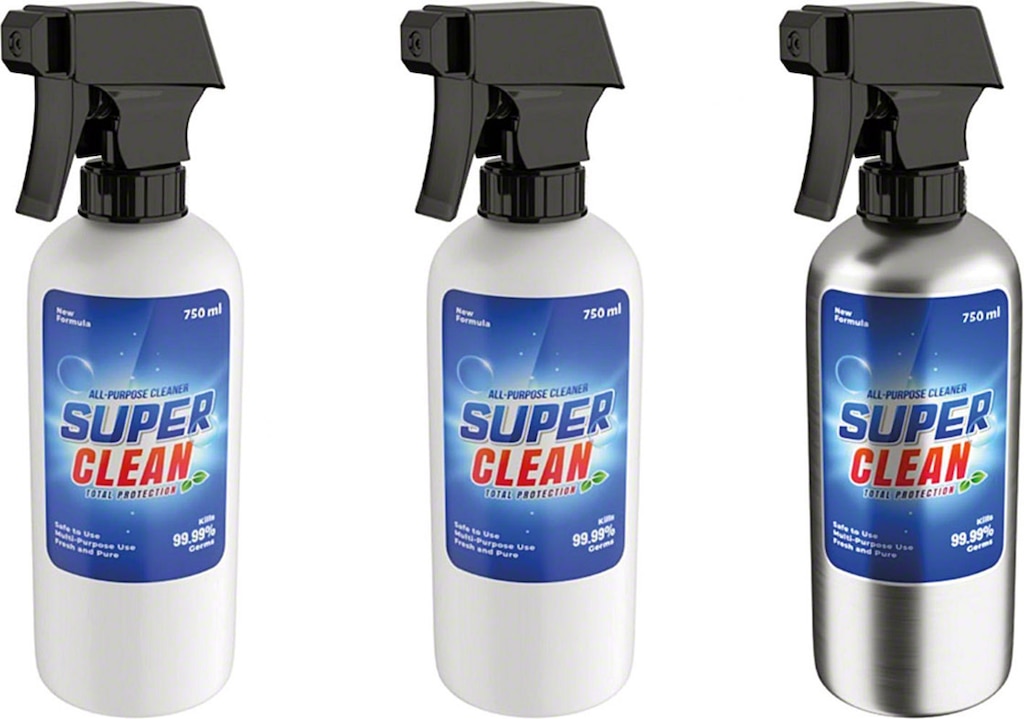
Visual stimuli of Study 1: Single-use plastic (left), reusable plastic (center), and reusable metal (right)
For this experiment, we chose an all-purpose cleaner spray bottle because it is not sensitive to spoilage and is less susceptible to potential contamination issues. A professional designer created three visual stimuli to accompany the scenarios participants were invited to read. The single-use bottle was made of opaque hard white plastic, whereas the reusable ones were manufactured from the same material or metal. Including these two elements allowed us to assess whether the response to reusable packaging was driven not only by the change in appearance but also by its potential to be employed again. To avoid bias, the brand depicted on the three bottles was fictional. The final sample consisted of 90 individuals, who were instructed to imagine that they had recently done their grocery shopping in their usual online store. In the questionnaire, the participants rated the bottle on several 7-point scales.
Multiple comparisons with the Bonferroni correction demonstrated that participants were less likely to recommend the single-use bottles than the reusable packaging. Attitudes towards items with multiple lifecycles were more favorable, and the packaging model used led to a higher perceived quality of the product the bottle contained. The results showed that the reusable packaging was viewed as much more environmentally friendly.
Study 2: A packaged dairy product
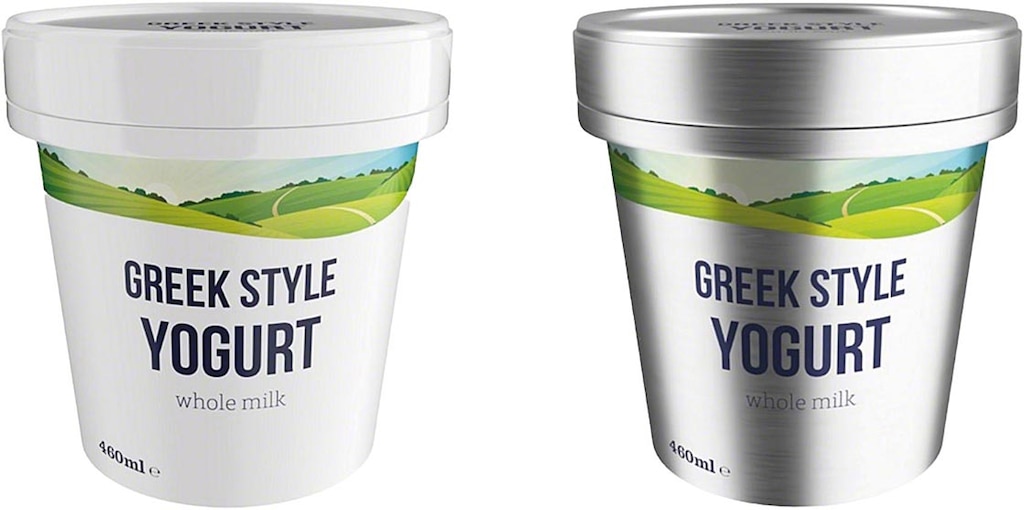
Single-use (left) and reusable packaging (right) shown in Study 2
This analysis evaluated consumers’ responses regarding the protection of Greek-style yogurt, a sensitive product at risk of spoilage. Again, a professional designer created two visual stimuli that were identical except for the appearance of their material. The first pot was made of single-use plastic, while the second consisted of the same pot with a metallic appearance. The scales were identical to those employed in Study 1. Considering that this experiment did not include a reusable plastic bottle, the aesthetic appearance of the packaging was also measured, using a single 7-point Likert scale.
Similarly, the results indicated that the majority of the 91-person sample was more likely to recommend the reusable pot. Nevertheless, in terms of future purchases, participants were not more likely to re-buy one type of packaging over the other. Only strongly environmentally conscious individuals leaned towards the metal container. Attitudes towards the yogurt with reusable packaging were more positive, as were the perceived quality of the product and its eco-friendliness. Unlike the first study, in this case, there was a considerable effect of the packaging type on perceived contamination, with participants assessing the reusable pots as more contaminated than the single-use ones. However, these scores were relatively low.
Study 3: A dairy product in recycled packaging
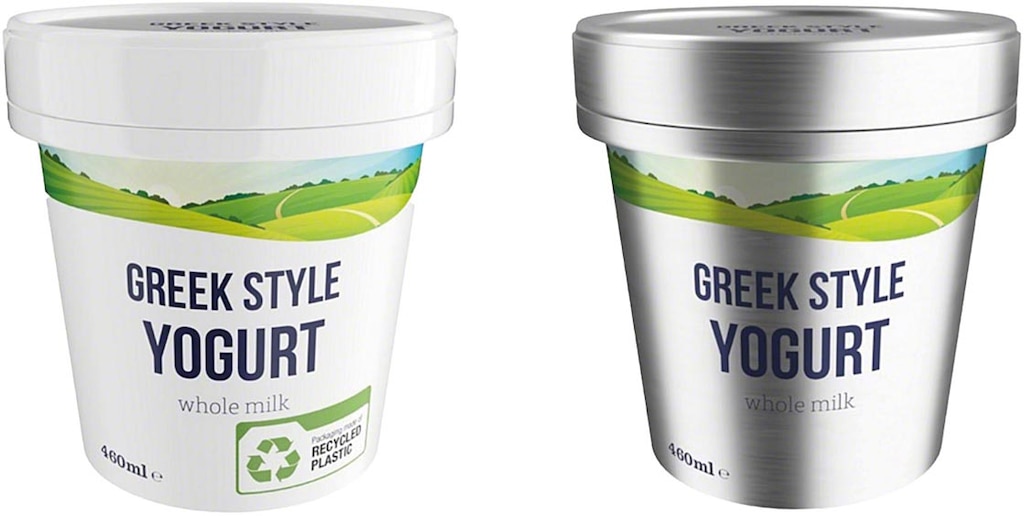
Single-use pot made of recycled plastic (left) and reusable (right) packaging displayed in Study 3
As in the previous study, a perishable product (Greek-style yogurt) was chosen. The aim this time was to compare reusable packaging with a single-use receptacle made from recycled materials. The same visual stimuli were employed as in Study 2, except that the single-use yogurt pot had a clearly visible logo indicating that it was made of recycled plastic. Eighty individuals participated in this iteration.
The results of an independent t-test revealed that the type of container strongly affected the intention to recommend the product. Participants preferred the reusable packaging to its counterpart made of recyclable materials, and attitudes towards the former were more positive. Again, those surveyed perceived the quality of the reusable product as superior, although they assessed that pot as potentially more contaminated than the single-use one. It should be noted these ratings were relatively low, and the reusable packaging was considered more environmentally friendly this time as well.
Making returns and transport practical
Overall, our results demonstrate that consumers have positive attitudes towards reusable packaging, even for perishable products. These positive perceptions are higher than for single-use receptacles made from 100% recycled materials, which consumers do view as sustainable. Interestingly, participants’ opinions align with the principles of the circular economy, where longevity through reuse is considered more virtuous than recycling.
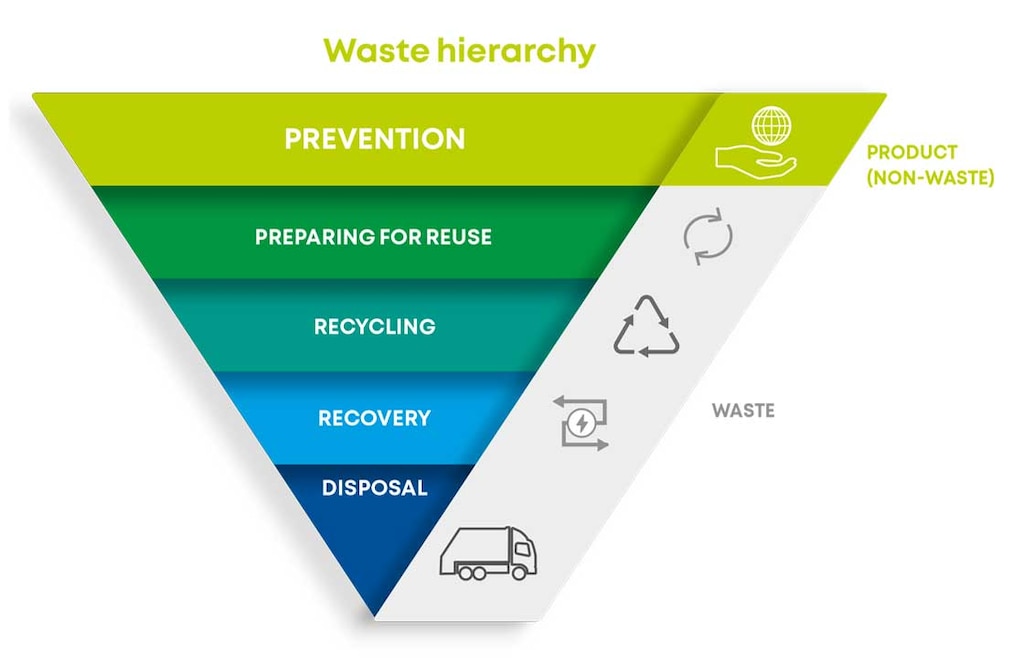
In the European Waste Hierarchy, landfilling is considered the last resort
This paper concludes that consumers appear to be positive about reusable packaging systems for FMCGs. The results are, therefore, encouraging for designers, product and logistics managers, and other value-chain actors involved in developing packaging with an extended useful life. This favorable attitude could also improve consumer brand loyalty for retailers perceived as more sustainable. However, the ultimate acceptance of reusable packaging as an alternative to conventional single-use packaging will largely depend on the specifics of the reuse system itself.
Reusing and returning packaging should be as convenient as possible to encourage the acceptance and ensure the success of circular models
More precisely, practitioners should focus on making container return and reuse as convenient as possible. This could mean designing easily portable containers or a take-back service that allows consumers to return packaging quickly so it does not occupy space in the home. Aspects such as how the packaging is returned, the way it is integrated into the purchasing process, the price difference compared to traditional single-use alternatives, and signs of wear and tear will all influence the acceptance and success of these circular models.
AUTHORS OF THE RESEARCH:
- Lise Magnier. Associate Professor of Design for Sustainable Behavior Change, Delft University of Technology (Netherlands)
- Ignacio Gil-Pérez. Associate Professor, School of Engineering and Architecture, University of Zaragoza (Spain)
Original publication:
Magnier, L., Gil Pérez, I. Should the milkman return? The effect of a reusable packaging on product perceptions and behavioral intentions. Food Quality and Preference, 112, Elsevier (2023).
© 2023 The Authors. Licensed under CC BY 40 Attribution 40 International
